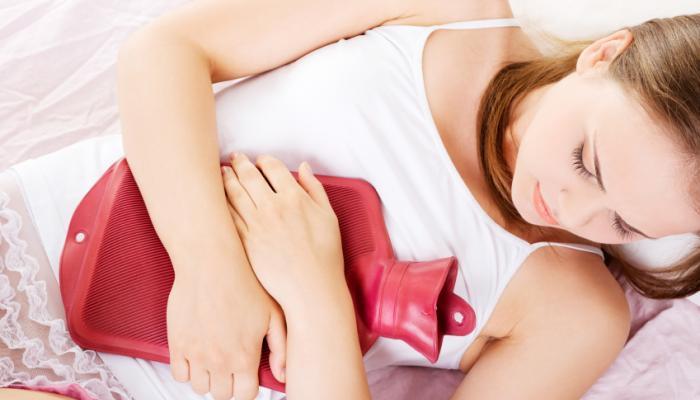 I know many women, especially adolescents, who don’t like ‘being a woman’ because of the pain during menstruation. If you are one of those or know such women, this article is for you.
I know many women, especially adolescents, who don’t like ‘being a woman’ because of the pain during menstruation. If you are one of those or know such women, this article is for you.
Primary dysmenorrhea (menstrual pain) is a normal part of menstruation. It affects girls during adolescence and eases as they mature. It may be painful, but it is not harmful.
Prostaglandins (hormones that causes your uterus to contract during menstruation and childbirth) are responsible for the pain. This pain results from contractions of your uterus that occur when the blood supply to its lining (endometrium) is reduced. (But hey! It is a part of you, and it is important, so blame it, but accept it and get on with it).
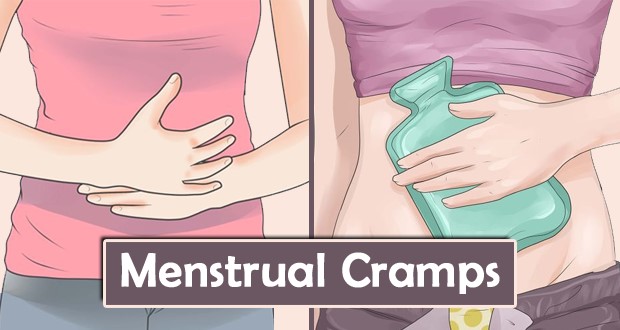
Other factors include a uterus that tilts backward instead of forward, lack of exercise, psychological or social stress, smoking, drinking alcohol or being overweight.
Secondary dysmenorrhea is generally related to some kind of gynecological disorder. It is most likely to affect women during adulthood.
Causes
- Fibroids that develop within the uterine wall or are attached to it cause inflammation leading to pain.
- Adenomyosis – the tissue that lines the uterus (called the endometrium) begins to grow within its muscular walls. This makes the uterine walls thicker. It may lead to heavy or longer-than-usual menstrual bleeding, as well as pain during menstrual cycle or intercourse.
- A sexually transmitted infection.
- Endometriosis – fragments of the endometrial lining that are found on other pelvic organs.
- Pelvic inflammatory disease, primarily an infection of the fallopian tubes, but it can also affect the ovaries, uterus, and cervix. It is caused primarily by sexually transmitted infections that spread up from the opening of the uterus to these organs.
- An ovarian cyst or tumor is a sac filled with fluid that forms on or inside of an ovary, causing pain.
- The use of an intrauterine device (IUD), a birth control method, leads to painful menstruation, which decreases over time.
‘Pain’ is the body telling us that something is not right. So listen to what your body is telling you. While you must seek medical advice for secondary dysmenorrhea, consider the following as well.
Be comfortable with your body. Negative messaging at times can become part of the subconscious mind, which rejects the female body. So anything that reminds the body of being a ‘woman’ can hurt.
Have a balanced diet. Ensure your diet includes foods rich in Vitamin B12, D, omega-3 fatty acids and calcium. As an extra tip, ginger is a wonder herb that can effectively ease menstrual cramps as it lowers the levels of pain-causing prostaglandins.
A hot water bag relaxes the contracting muscles in your uterus.
Make sure your hemoglobin level is within the normal range by including iron rich foods along with foods high in Vitamin C in your everyday diet.
An orgasm can help relieve all kinds of pains. Before an orgasm, the uterus is more relaxed, and during climax, blood flow increases, helping to relieve the cramps. The endorphins released after sex will make you feel better instantly.
Eat 2tbs of flaxseeds every day during periods reduces prostaglandin levels in the body.
Keep yourself hydrated during your period (and otherwise too!).
Exercise increases the blood flow, which calms the pain naturally.
Be happy, and you will feel your body responding better and dealing better with pain during your period.
Yoga Postures to relieve menstrual pain
One Legged Pigeon Pose stretches the entire lower part of the body and stimulates the abdominal organs.
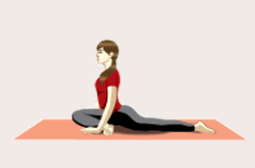
Matsyasana (Fish pose) is a backbend that stretches and stimulates the belly muscles.
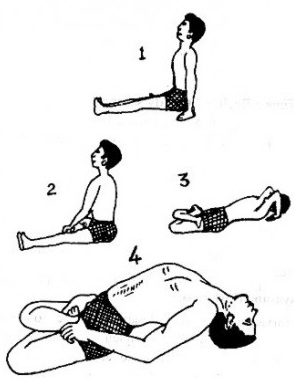
JanuShirasana (One-legged Forward bend) massages the abdominal organs.
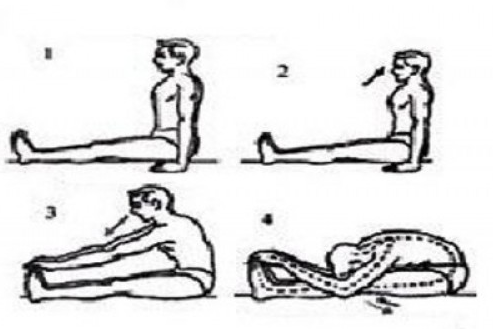
Dhanurasana (Bow pose) strengthens the abdominal muscles and stimulates the reproductive organs.
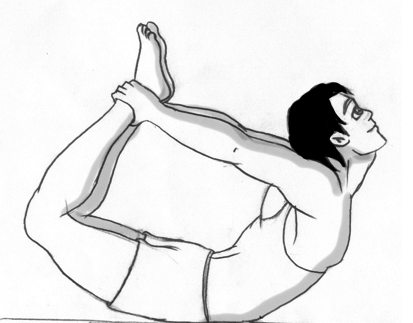
Bhujangasana (Cobra pose) stretches and tones the abdomen.
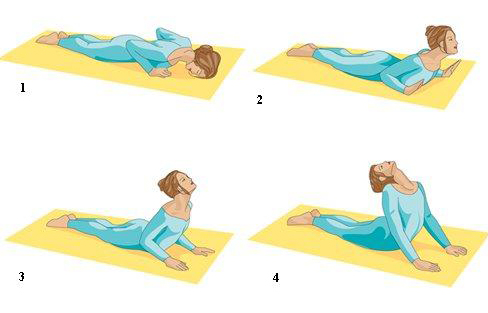
Ustrasana (Camel pose) stretches and opens the front of the body.
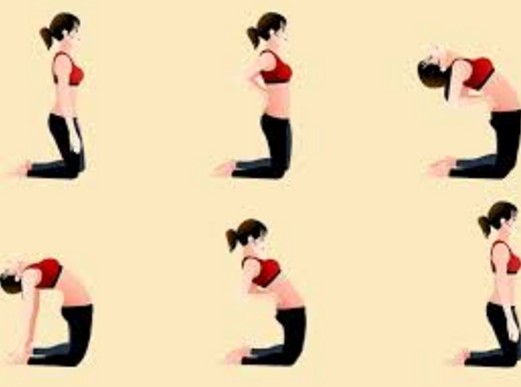
Yoga is one of the means to reach your goal of painless menstruation. Don’t forget to respect your body and give it time to overcome the pain.
We hope this article provides valuable insights into managing menstrual pain and helps you feel more empowered during your menstrual cycle. Remember, it’s essential to listen to your body and seek professional advice when needed. Do you have your own tips or experiences to share? Let us know in the comments below! For further information or guidance, reach out to our certified experts by subscribing to GOQii’s Personalised Health Coaching here.
#BeTheForce
Disclaimer: The information provided in this blog is for general awareness and educational purposes only. It is not intended to replace professional medical advice, diagnosis, or treatment. Always consult a qualified healthcare provider for personalised medical guidance or concerns related to your health.
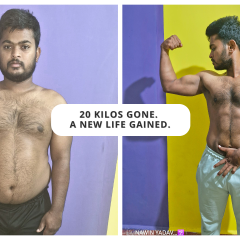
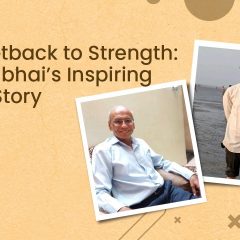


??
Dr Vital,
We are thankful to you for such wonderful guidance in medical field. The subject on which you are writing is very helpful for us.
Keep writing & guiding
Regards
GUNJAN PANDYA
ThAnk you Gunjan
Thank u Dr. Viral for such apt information…i so relate to …why me???why women??but as u rightly pin pointed…the power of the mind and soul..and the power of the body to heal itself…now no more negative msgs to the body…i am happy…what God has made me…with ur helpful info on diet and exercise ..during ..our SPECIAL days..i m sure…we will have…a happy period ? .
Thank you Hetal. I am glad you find it informative. Implementation is the key here..
Dr.Viral
Very well written article.I feel most of the women will be able to relate to it because at one time or other everyone would have gone through it!Yes diet and yogic asanas are very helpful.It would have been very helpful if you could have added some pranayam techniques like deep breathing and anulom vilom.I feel and have experienced the benefits of these pranayams.It also helps in controlling the mood swings which many women go through.
Rest article was very informative and well written covering most of the subject.
Keep up the good work.God Bless.
Thank you. Yes you are right. Pranayam is helpful to set right any hormonal imbalances in men or women. It is the ideal technique to de-stress and to get the different aspects of human existence in harmony.
“Be comfortable with your body. The negative messaging at times can become a part of the sub-conscious mind which rejects the female body. So anything which reminds the body of being a ‘woman’ will hurt.”
Thank you Dr. Viral Thakkar. This paragraph highlights the need for every woman to accept herself completely to enable her to live a fulfilled life. Your valuable insights have always guided me in getting to know myself better. Kindly continue to enlighten us.
Warm regards
Natasha Rokadia
Thank you Natasha. I am glad you find it useful.
Nicely written……..u did good to cover mind-body aspect giving drishtikon to subject…….it is helpful one……u need pats……keep up spirit…….next time come with more useful new subject……..chill yaar now done nice……☺??
Dear Doctor
Very well explained…and suggestive article.
Would love to have more from you side .
Thanks!
Thank you Priya for your encouraging words.
very much recognize your situation. Have you tried PeaPlex from RS4supplements.com?
It’s a very useful to us,thanks. You have done a superb Job. You touched most of the points on this topic. Your writing is very simple and easy, which is easy to understand such medical term. Keep Going..
Thank you doctor. The article is quite informative. As you laid out, there can be various underlying causes. What’s the best way to diagnose this?